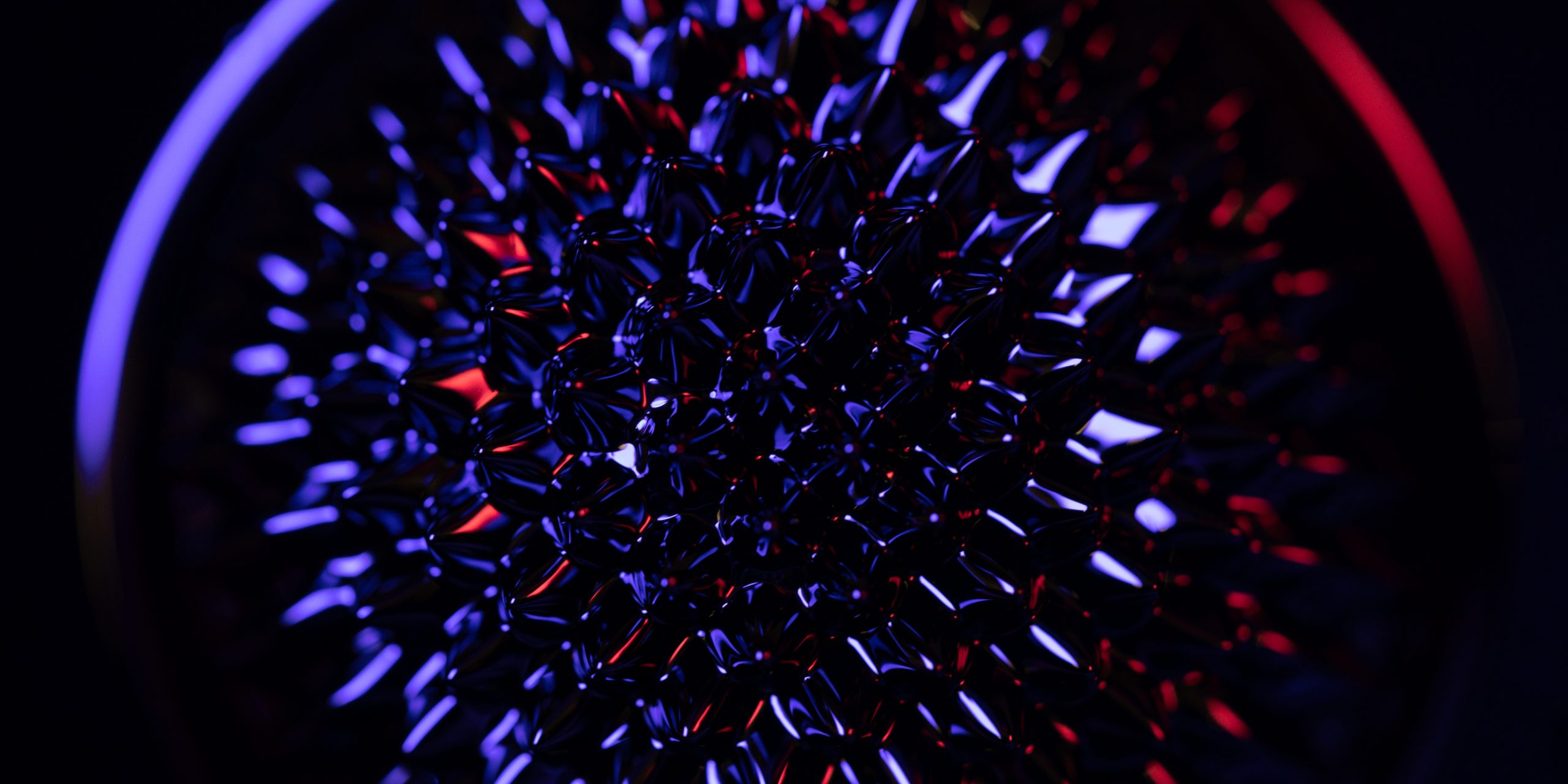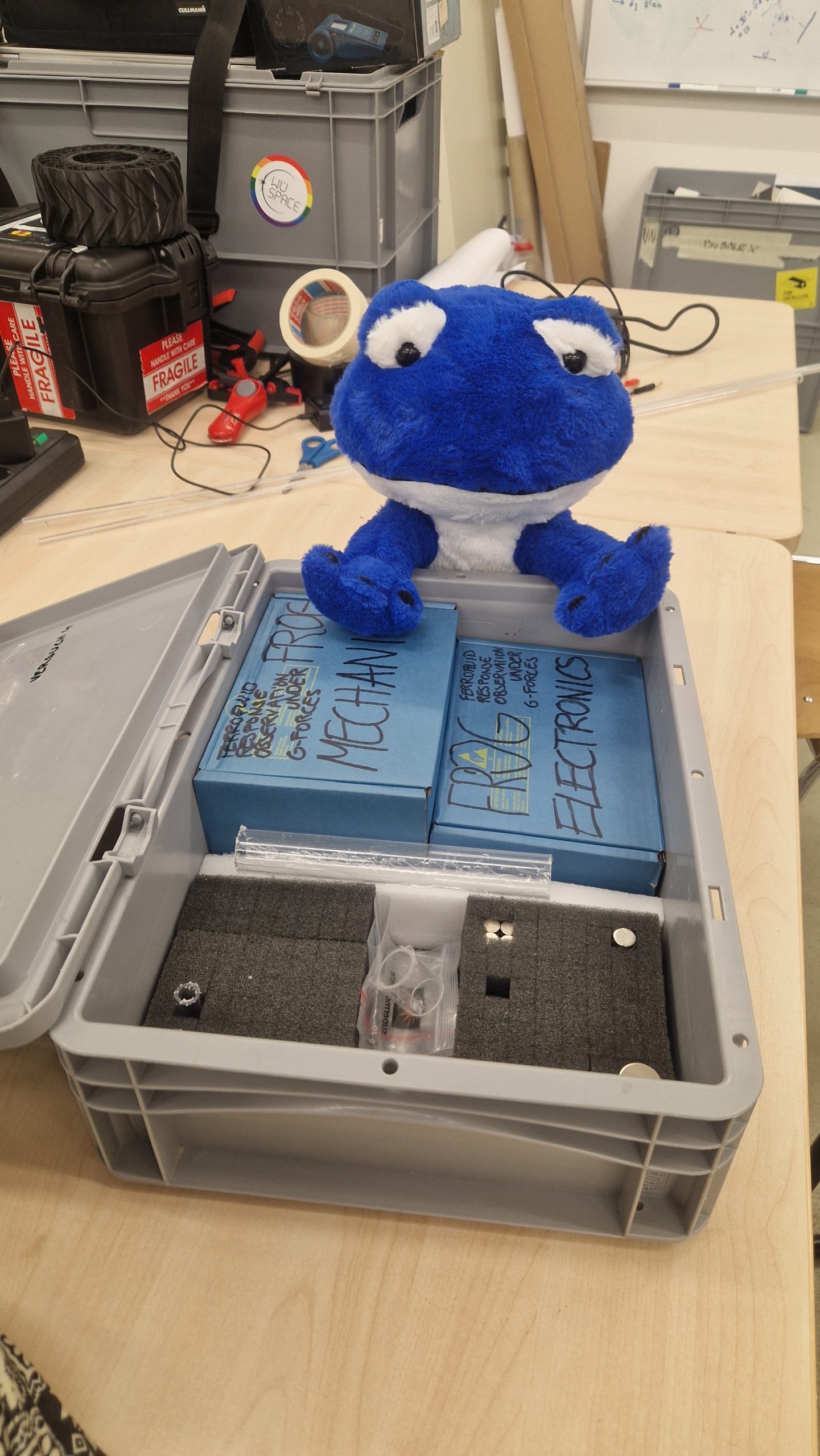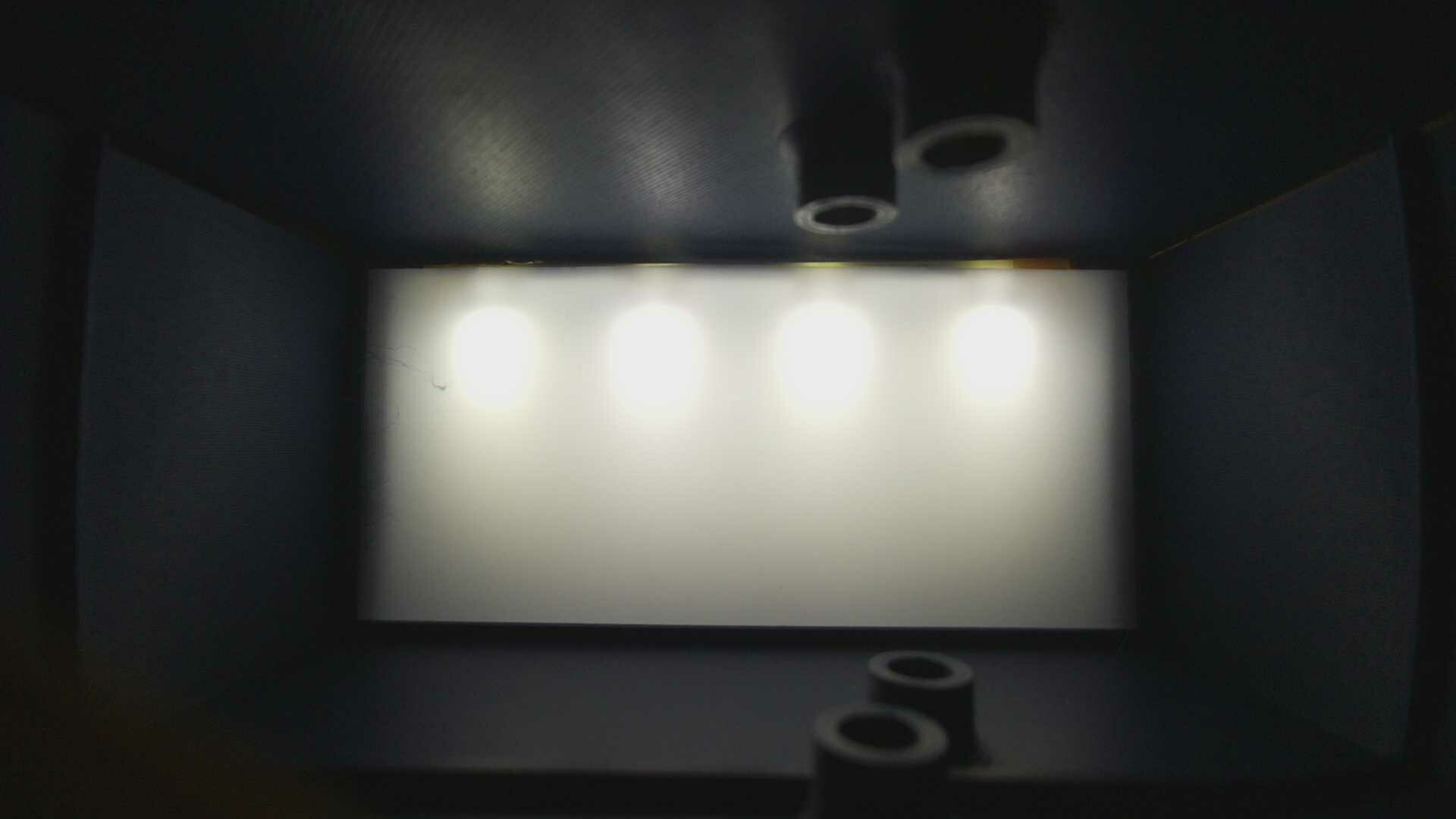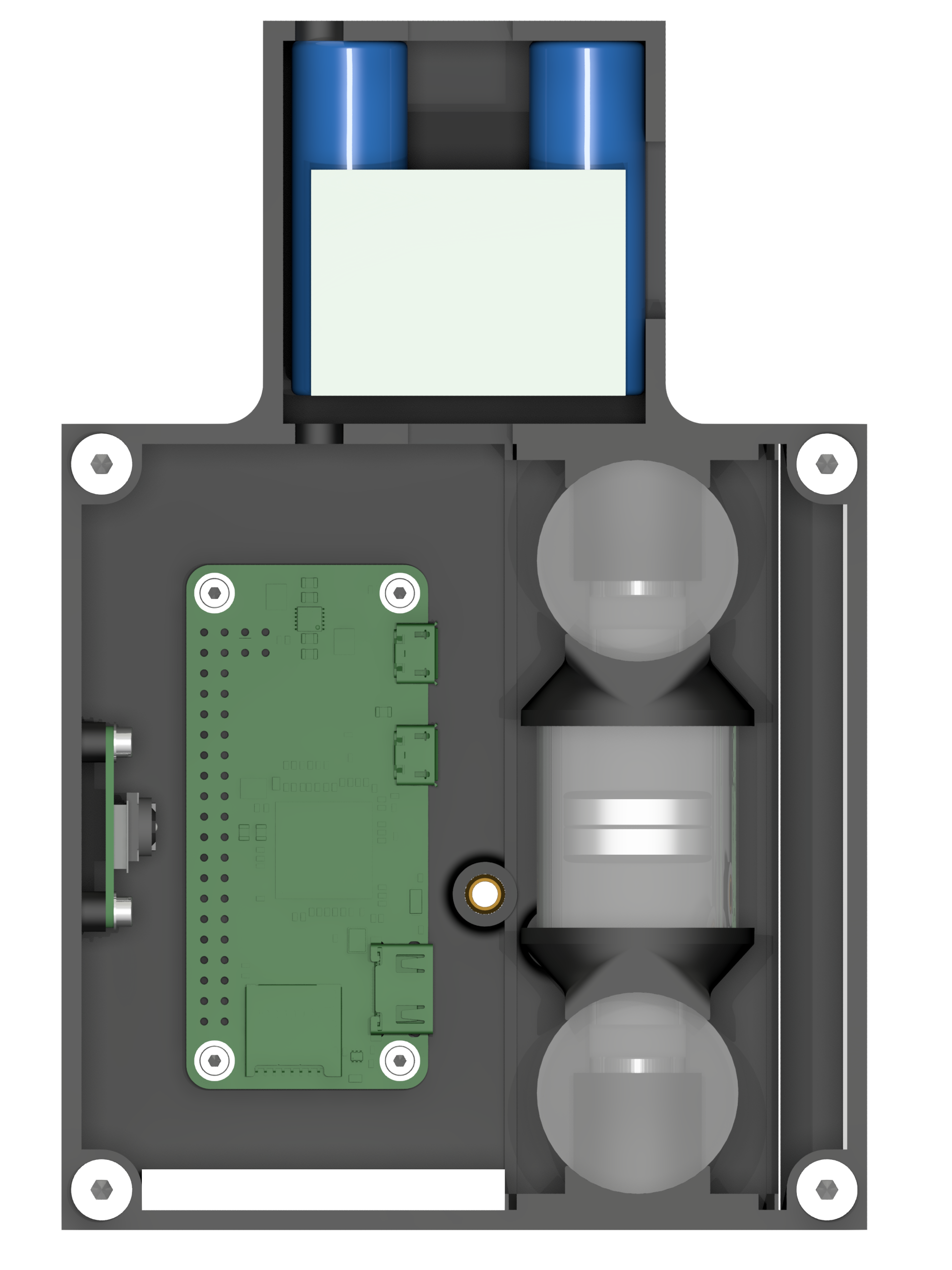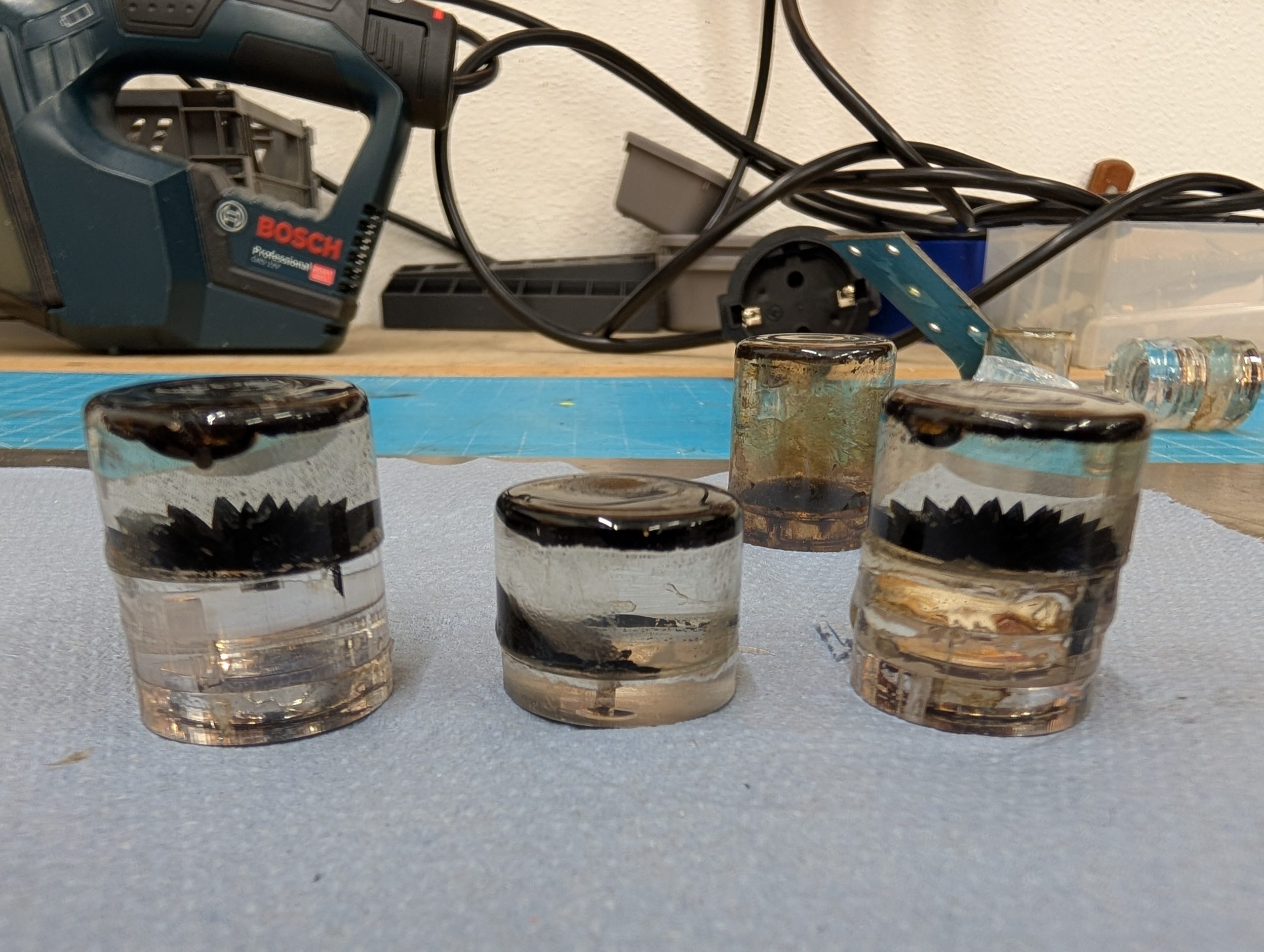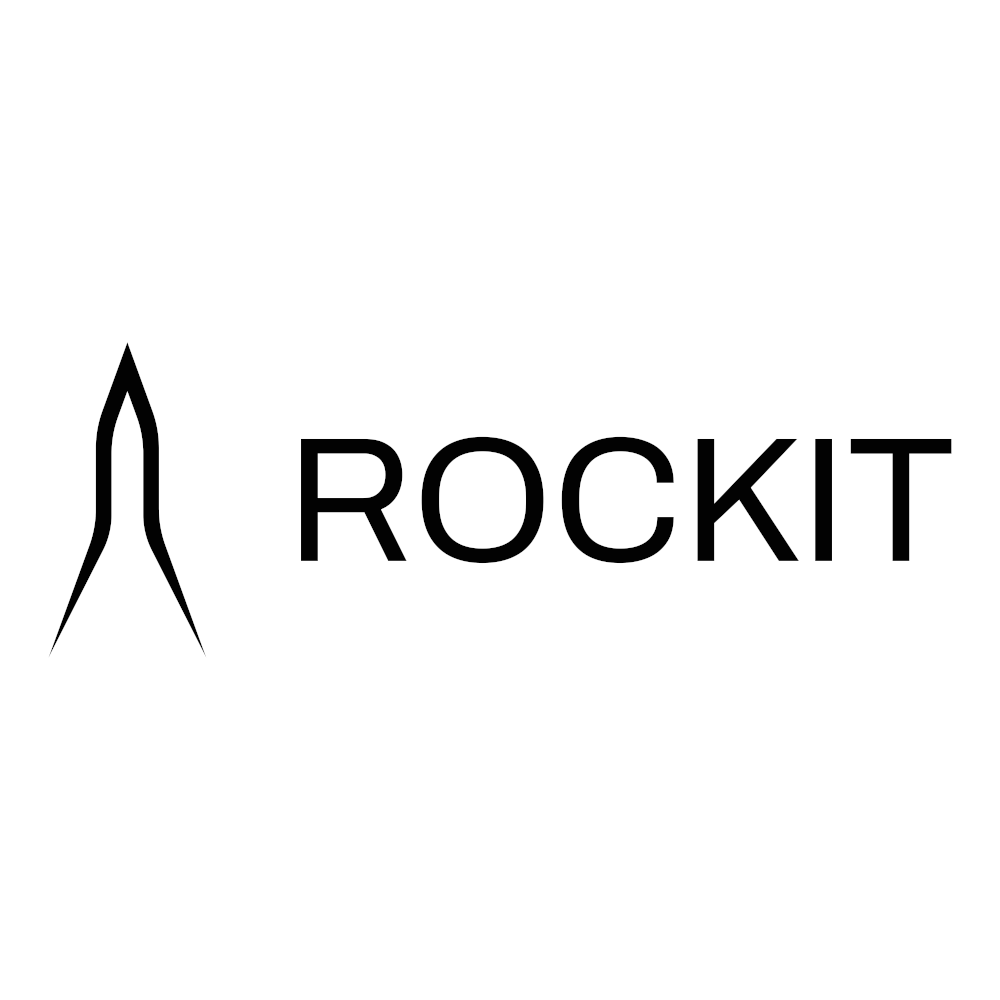FROG
Ferrofluid Response Observation under G-forces
In October 2025, we will be participating in the EUROC in Portugal. The campaign runs from October 9th to 15th, and we will be traveling as a small group. Our payload is being developed in collaboration with the rockit Karlsruhe team; the HyEnD team, who are simultaneously preparing their rocket, will also be supporting us on-site. We will be flying in the 3-km class. Our mascot is called “Bleu”.
As a small project, we are presenting FROG – Ferrofluid Response Observation under G-forces. The aim is to observe the Rosensweig effect of ferrofluid and to draw conclusions about the accelerations from the formation of the ferrofluid peaks. For this, we are using two glass tubes, each with a magnet attached to the outside – one in a vertical orientation, the other in a horizontal one. Inside the tubes are a few drops of ferrofluid EFH-1 and a secondary fluid consisting of dish soap, ethanol, and distilled water. A third glass tube serves as a reference: Here, we observe the mixing of the ferrofluid and the secondary fluid without the influence of a magnetic field. Metal plates are placed between the individual tubes to ensure that the magnetic field only affects one tube at a time.
The payload follows the Pocketsat specifications. Our experiments, a camera, and the electronics are housed in a defined installation space; an additional 50 mm × 50 mm Pocketsat is provided for the battery and battery management unit. Electronically, we rely on a Pi-Cam and a Raspberry Pi Zero, which films the experiments. An accelerometer records the flight accelerations. The Pi Zero digitally transmits the video signal to rockit (Karlsruhe). A dedicated power supply with BMS and battery cells allows charging on the pad and powers the entire payload. LEDs with diffuser film are positioned behind the experiments for uniform backlighting. The housing can be opened from the side, the components can be inserted, and then securely screwed in place.
EuRoC
The European Rocketry Challenge (EuRoC) is the first rocket launch competition for European university teams. Launched by the Portuguese Space Agency in 2020, the competition has since brought together teams from various European countries in the Alentejo region. Due to its steady and sustainable growth, the 2025 edition of the competition will be supported by the Portuguese Army and the municipality of Constância.
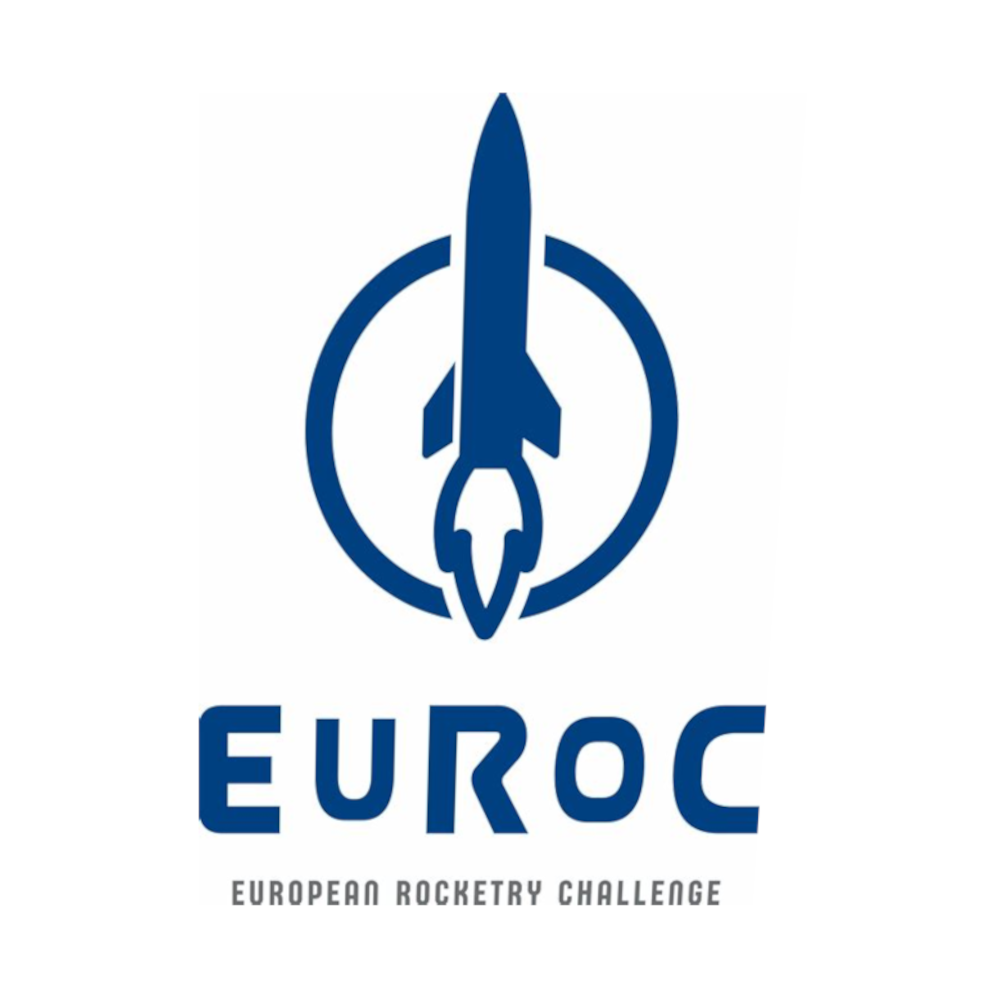
Curious?
The EuRoC program offers the opportunity to launch rockets as a student team on an annual cycle.
Ferrofluids
Ferrofluids are fascinating materials consisting of tiny magnetic particles suspended in a liquid. These particles are often made of iron or iron oxides and typically measure only a few nanometers in size. The unique property of ferrofluids is that they respond to magnetic fields. When an external magnetic field is applied, the magnetic particles align themselves and create impressive visual effects, ranging from waves to pointed structures.
The discovery of ferrofluids dates back to the 1960s, when they were originally developed for use in space travel. The idea was to stabilize the liquids in gyroscopes used in satellites. Since then, the field of application has expanded considerably. Today, ferrofluids are used in technology, medicine, and art.
In engineering, ferrofluids are often used in seals and loudspeakers to control vibrations and reduce noise levels. In medicine, they could be used in targeted drug delivery by concentrating in specific areas of the body in response to magnetic fields. This could potentially facilitate the treatment of tumors by transporting drugs directly to the diseased cells.
Gallery
